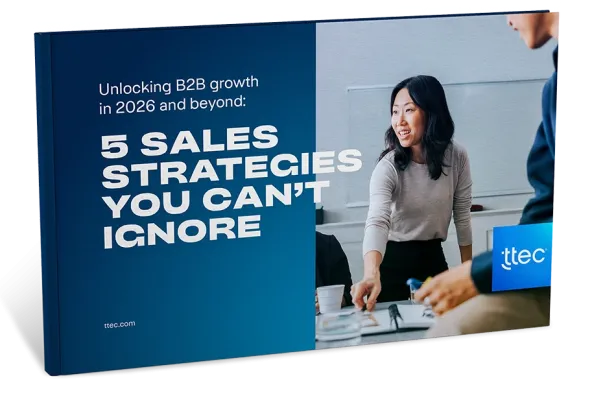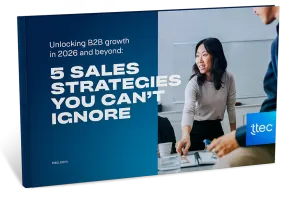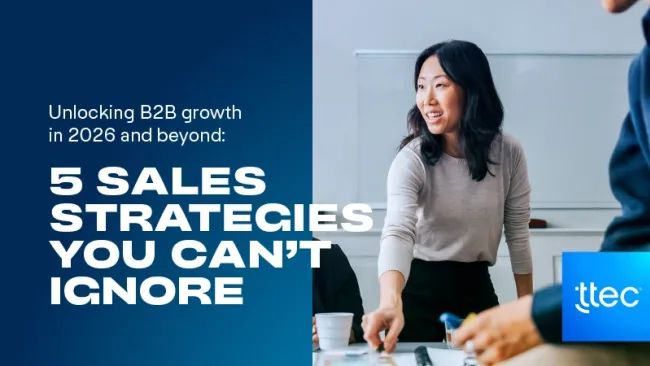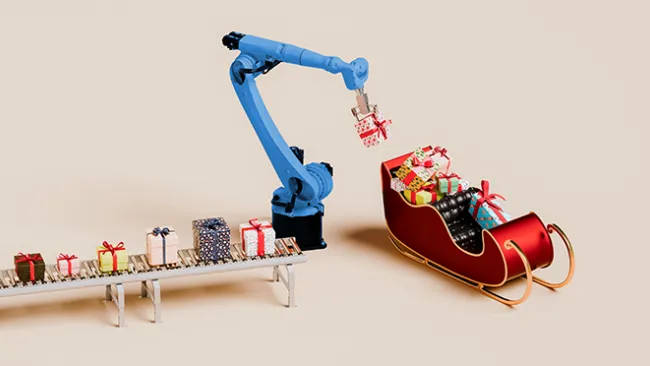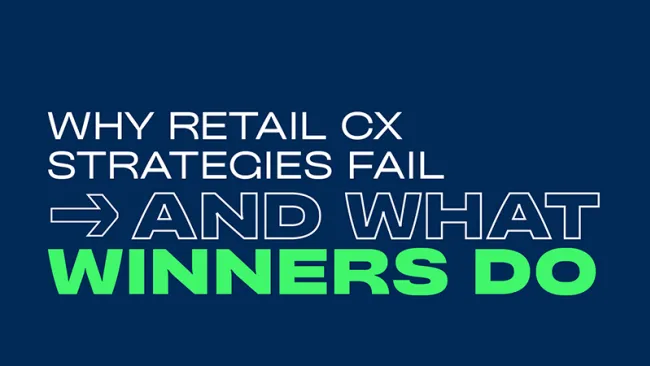Only two years after going public, specialty tea retailer DAVIDsTEA announced at the end of 2017 that it was evaluating strategic alternatives, including a potential sale and store closures.
At first glance, this is another example of a brick-and-mortar business struggling to stay afloat in a retail economy that is increasingly shifting toward e-commerce and digital experiences. In the U.S., more than 12,000 stores are expected to close in 2018, up from about 9,000 in 2017, according to commercial real estate firm Cushman & Wakefield.
While DAVIDsTEA has suffered from some common brick-and-mortar challenges, at the crux of its story is a loyalty program that while denounced by one of its co-founders, could be the key to turning the company’s fortunes around.
The story begins with tea. Tea is one of the most widely consumed beverages in the world, second only to water, according to Tea Association of the U.S.A. By 2020, the global tea beverage market is expected to be worth $47.2 billion.
In 2008, when startups were beginning to shake up established industries like hotels and taxis, David Segal, a then 27-year-old entrepreneur, saw an opportunity to put his own mark on specialty teas.
Inspired by a tea shop in Montreal that was run by professional tea-tasters, Segal told Canadian Business that he “immediately saw how great of a business it was and that nobody was doing it mainstream.”
With the financial backing of his cofounder and cousin, Herschel Segal (who also founded the fashion company Le Chateau), Segal sought out tea experts and vendors to learn how to craft unique tea blends such as chocolate teas and nut-based blends with names like “Forever Nuts” and “Read My Lips.”
The idea was to open neighborhood stores where customers could sample and purchase unique tea blends to brew at home. DAVIDsTEA would introduce specialty teas to a mainstream market, similar to what Starbucks did with specialty coffee in the early ‘90s. As such, the retail concept had to be accessible. The store and logo were designed with a teal and white color scheme that felt “clean and inviting,” David told Fast Company. “We knew we wanted tea to be fresh and modern.”
The Segals opened their first store in Toronto in 2008 and their tea concept quickly gained fans. A few months after opening their first store, the Segals added shops in Montreal and Vancouver, followed by two more locations in Toronto. By 2012, it had expanded to malls and smaller markets in Canada and the United States.
In 2015, the company went public. It currently operates more than 200 DAVIDsTEA locations in Canada and the U.S. The stores are all company-owned and the brand even got a shout-out from Oprah Winfrey when she mentioned her delight at receiving a gift bag of tea from a DAVIDsTEA employee.
“We made a mistake”
At one point, dozens of DAVIDsTEA stores were opening each year. Yet growth slowed. Tea is already a narrow niche within the gigantic beverage category and specialty teas are even more so. The company was under pressure to continue finding new ways to engage customers.
The company expanded its product line to include tea packets and teaware, and introduced a loyalty program in 2014. Members of the Frequent Steeper program earn points for their DAVIDsTEA purchases that they exchange for discounts and special offers.
A few years later, David Segal, who resigned in 2016 from his role as brand ambassador for the tea company, made it clear that he regretted the loyalty program.
“The reality was we already had a very loyal customer following. And we made a mistake,” Segal told BNN in 2017. “We decided we’d keep up with the Joneses and we put in place a points-based loyalty program.”
In a LinkedIn post, Segal added that the loyalty program was “complicated to manage and cost the business millions of dollars every year.” Segal also claimed the program failed at what it was meant to do, which was drive loyalty. “The rebate loyalty program is a race to the bottom that devalues your brand, trains your customer to expect discounts, and erodes your margin,” he wrote.
A data-driven transformation
One person’s failed loyalty program could be another person’s data goldmine, however. The same year that Segal resigned, the company hired Catherine Laporte as its head of marketing. Prior to joining DAVIDsTEA, Laporte had led digital initiatives at companies like Aldo and Luxury Retreats.
In her current role, Laporte oversees efforts to unlock insights from the tea company’s customer data to attract and retain more customers. Over the years, DAVIDsTEA had accumulated lots of transactional data about the types of teas customers preferred. And given that 80 percent of all customer transactions are attached to the Frequent Steeper program, the loyalty program gives the company a mountain of data to work with. “All this data was being collected, but no one was really looking at it or figuring how to use it,” Laporte says.
With help from customer data platform provider AgilOne, DAVIDsTEA now segments data from its loyalty program, CRM system, and other databases. It uses predictive analytics and machine learning to personalize content and help customers make informed product decisions.
The company started by linking the content of its emails with the time of day it was opened and other demographic information. Simple changes like this increased open rates 20 percent and contributed to a 33 percent increase in revenue, Laporte says.
Email personalization is only the beginning, according to Laporte. One of her goals is to bring the personalized experience customers get from speaking with a knowledgeable Tea Guide (the company’s term for sales associates) to its e-commerce site and create an omnichannel experience. Providing knowledgeable and personalized recommendations is how the company strengthens its relationships with customers, so it’s important to replicate that experience digitally.
The company created an extensive knowledgebase that uses machine learning and predictive analytics to determine next best actions and leverage product knowledge and best performing communication channels for the most efficient customer interactions, Laporte says.
For instance, customers who buy matcha tea at a store might receive an email recommending other matcha products or teas with complementary flavors. In addition, the company is working to identify trends among its high-value customers and discern between new and returning customers.
Using data insights to answer these questions and others could help DAVIDsTEA better understand who its customers are and how to better meet their expectations. It remains to be seen, though, whether these efforts are enough to draw in customers.
The company faces a tall order in keeping customers engaged in its stores and on its website. Just maintaining foot traffic in stores is a major challenge. Starbucks, which owns one of DAVIDsTEA’s largest competitors, Teavana, threw in the tea towel when it announced that it was closing all 379 Teavana stores in 2018 due to underperformance.
And although DAVIDsTEA is optimizing its site to make it easier for customers to shop and order products, it’s very late to the e-commerce game. Amazon, Walmart, and some smaller businesses have already mastered the use of data insights and personalization tools. DAVIDsTEA will have to find ideas that its competitors haven’t already thought of to keep customers excited.
Despite these challenges, Laporte remains optimistic. DAVIDsTEA has only begun to scratch the surface of what’s possible. “We are just at the beginning of this journey,” she says. “Stay tuned as we evolve this experience in the next coming months.”

